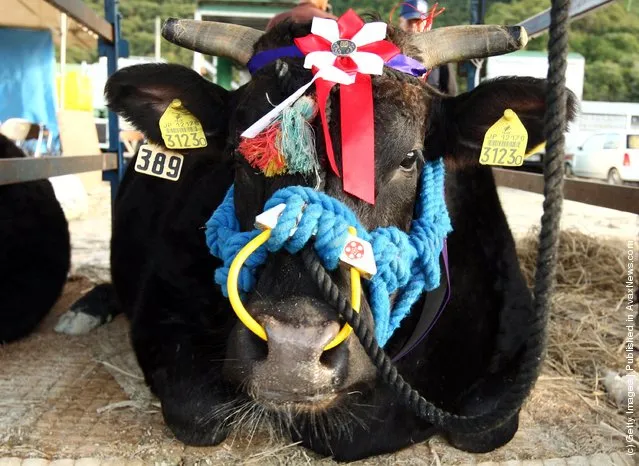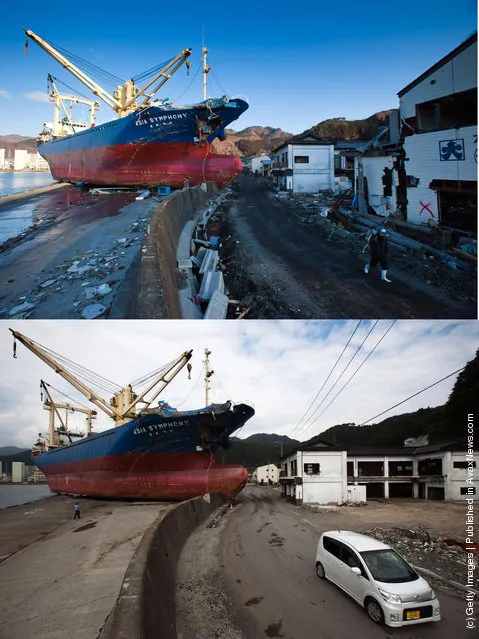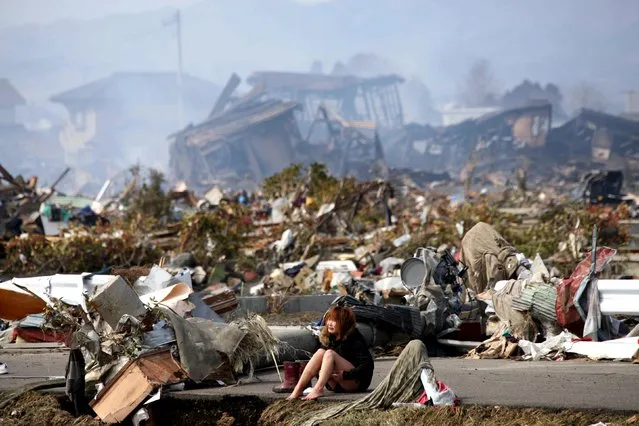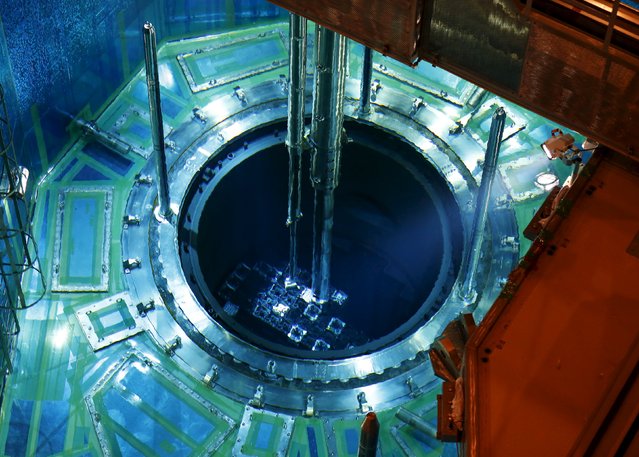
A cow rests in a pen during the 93rd Hyogo Prefecture Livestock Industry Promoting Event on October 23, 2011 in Kobe, Japan. Hyogo is the center of producing fine beef such as Kobe beef and Tajima beef, and the highest hammer price of the auction was 5,001,000 Japanese yen (65,578.28 U.S. Dollars). Livestock Industry Promoting Event organizing official said, Fukushima nuclear accident and economy crises affected become les the price of Kobe and Tajima beef in this year. (Photo by Buddhika Weerasinghe/Getty Images)
27 Oct 2011 12:01:00,post received
0 comments







